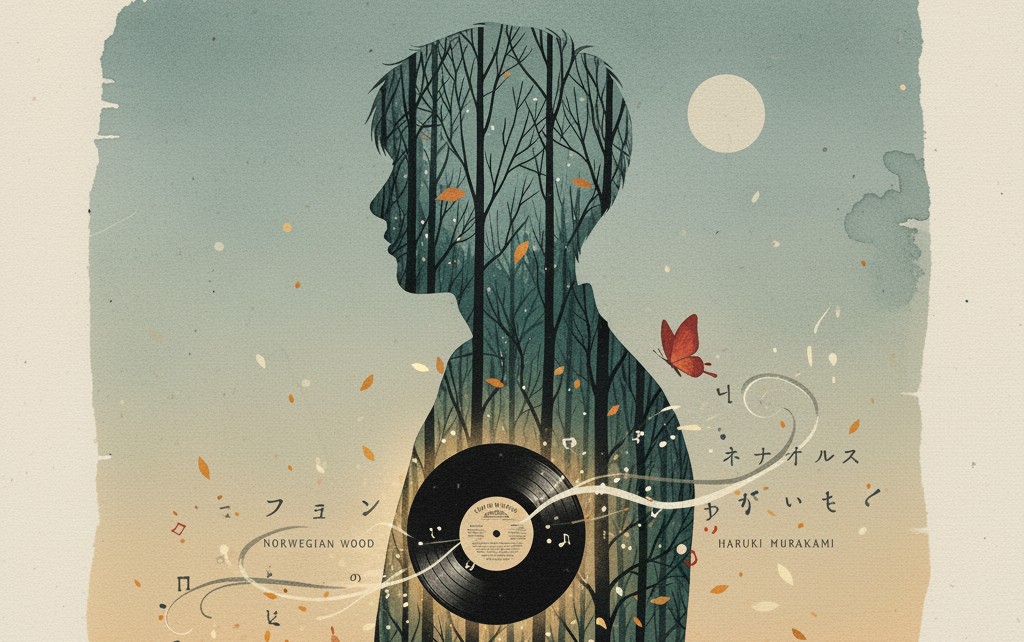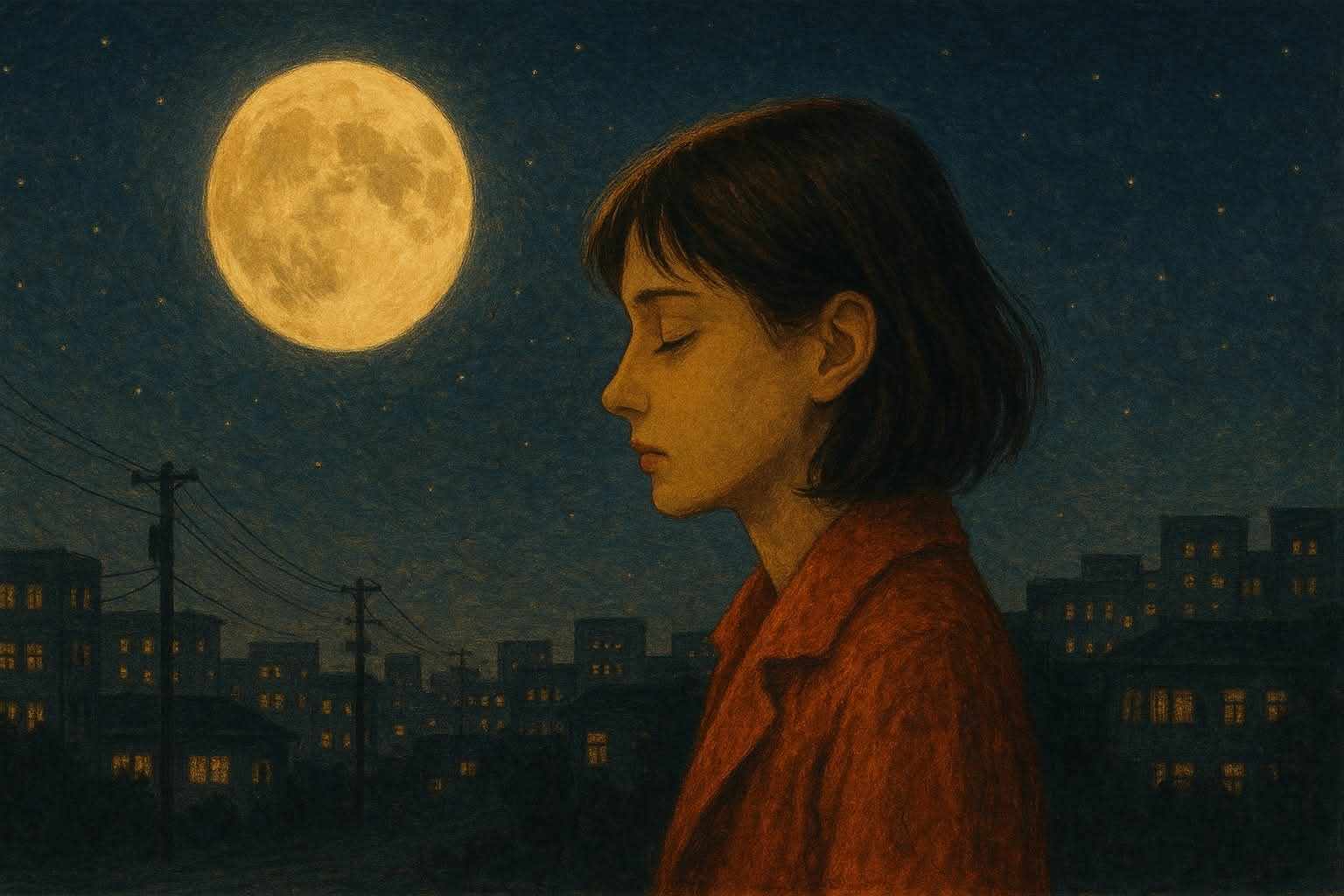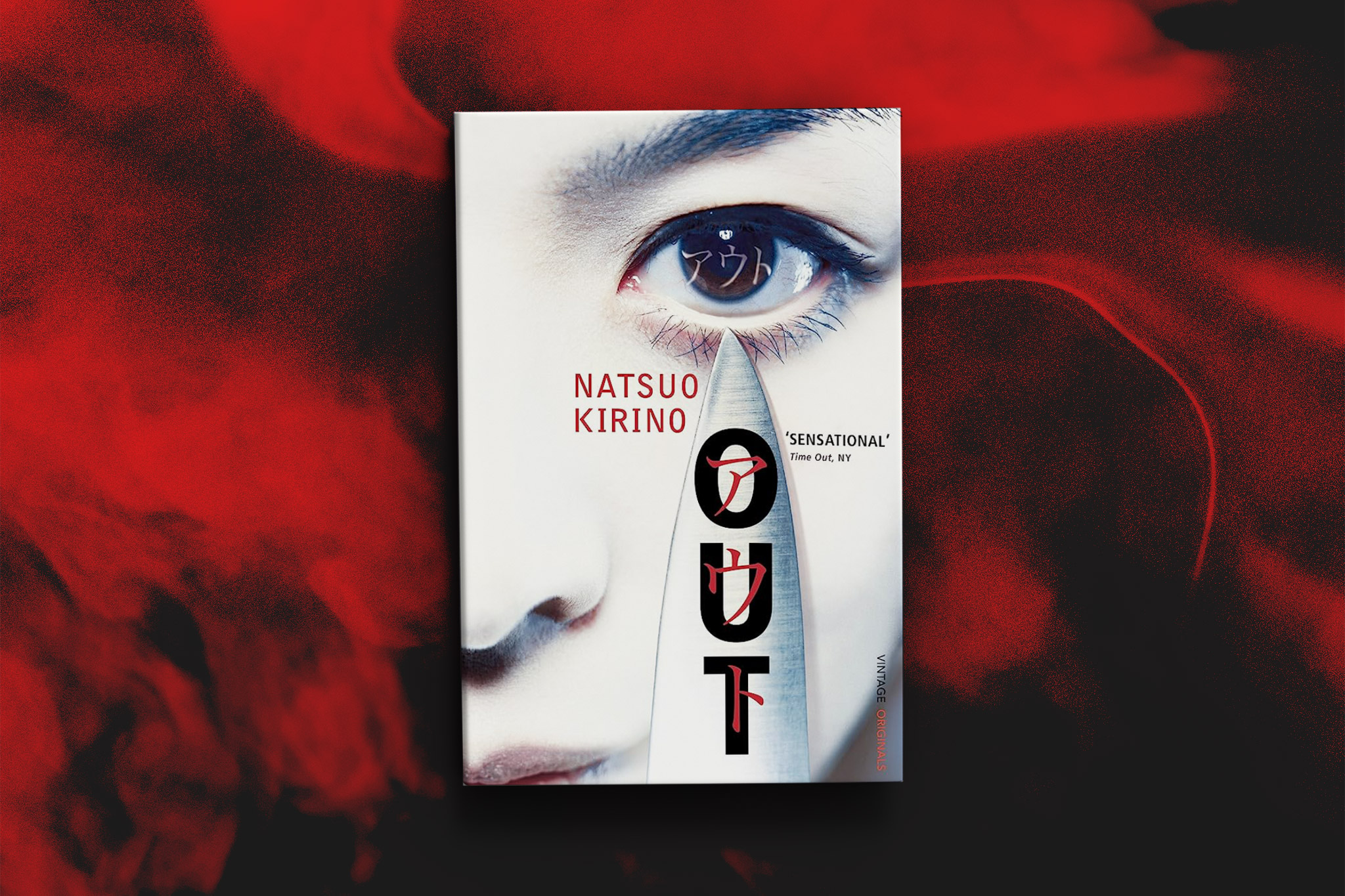
Few novels in modern literature capture the raw, haunting beauty of love, loss, and longing quite like Haruki Murakami’s Norwegian Wood. Published in 1987, this masterpiece not only solidified Murakami’s reputation as one of Japan’s most influential writers but also became a cultural phenomenon, resonating deeply with readers around the world.
With its melancholic tone, nostalgic atmosphere, and deeply human characters, Norwegian Wood is more than a love story—it’s a journey through the fragile and complex nature of growing up, mental illness, and emotional isolation.
The Story That Breaks and Heals You
Set in 1960s Tokyo, Norwegian Wood follows Toru Watanabe, a quiet and introspective university student, as he navigates the bittersweet complexities of youth. His world is shaken when his best friend Kizuki commits suicide, leaving Toru emotionally adrift.
As he reconnects with Naoko, Kizuki’s girlfriend, the two share a deep bond born from shared grief. But Naoko’s fragile mental state and inner turmoil lead her toward a tragic path, while Toru’s growing feelings for another woman, Midori, challenge his understanding of love, loyalty, and loss.
The title, inspired by The Beatles’ song “Norwegian Wood (This Bird Has Flown)”, perfectly mirrors the novel’s nostalgic and dreamlike tone—something familiar yet distant, comforting yet heartbreaking.
Murakami’s Signature Touch
Haruki Murakami’s prose in Norwegian Wood is deceptively simple yet profoundly evocative. His use of silence, space, and subtle imagery transforms ordinary moments into emotional landscapes.
Unlike his other surreal works like Kafka on the Shore or The Wind-Up Bird Chronicle, Norwegian Wood is grounded in realism. Still, it carries Murakami’s signature elements—loneliness, music, introspection, and the quiet ache of existence.
Each character feels vividly alive, each dialogue tinged with melancholy and unspoken longing. The novel’s pacing is deliberate, inviting readers to slow down and feel every heartbeat of Toru’s internal struggle
Why Norwegian Wood Still Matters Today
Even decades after its release, Norwegian Wood remains a timeless coming-of-age story that speaks to anyone who has loved deeply or lost profoundly. It’s not just a novel—it’s a mirror that reflects our own quiet heartbreaks and private hopes.
The emotional realism, beautiful melancholy, and timeless themes make it one of the most relatable literary works of all time. In an age of fast consumption and fleeting attention, Murakami’s slow, reflective storytelling reminds readers of the beauty of introspection.
Cultural Impact and Global Legacy
Norwegian Wood became a publishing sensation in Japan, selling millions of copies and introducing Murakami to an international audience. It was later adapted into a 2010 film directed by Tran Anh Hung, which visually captured the novel’s nostalgic and poetic essence.
Murakami’s ability to blend Western influences (like The Beatles, jazz, and existential literature) with Japanese minimalism has made his work uniquely global. Norwegian Wood stands as a bridge between cultures—a novel that feels both deeply Japanese and universally human.
Final Thoughts
If you’ve ever felt lost in the echo of your own memories, or if you’ve ever struggled to understand love in all its messy, painful beauty, Norwegian Wood will stay with you long after the last page.
It’s a novel that doesn’t just tell a story—it awakens something within you. Every re-reading reveals new meanings, just like a familiar song that hits differently with age.
Murakami doesn’t offer answers—he offers emotions. And that’s what makes Norwegian Wood an insanely beautiful masterpiece that transcends time, culture, and language.
















